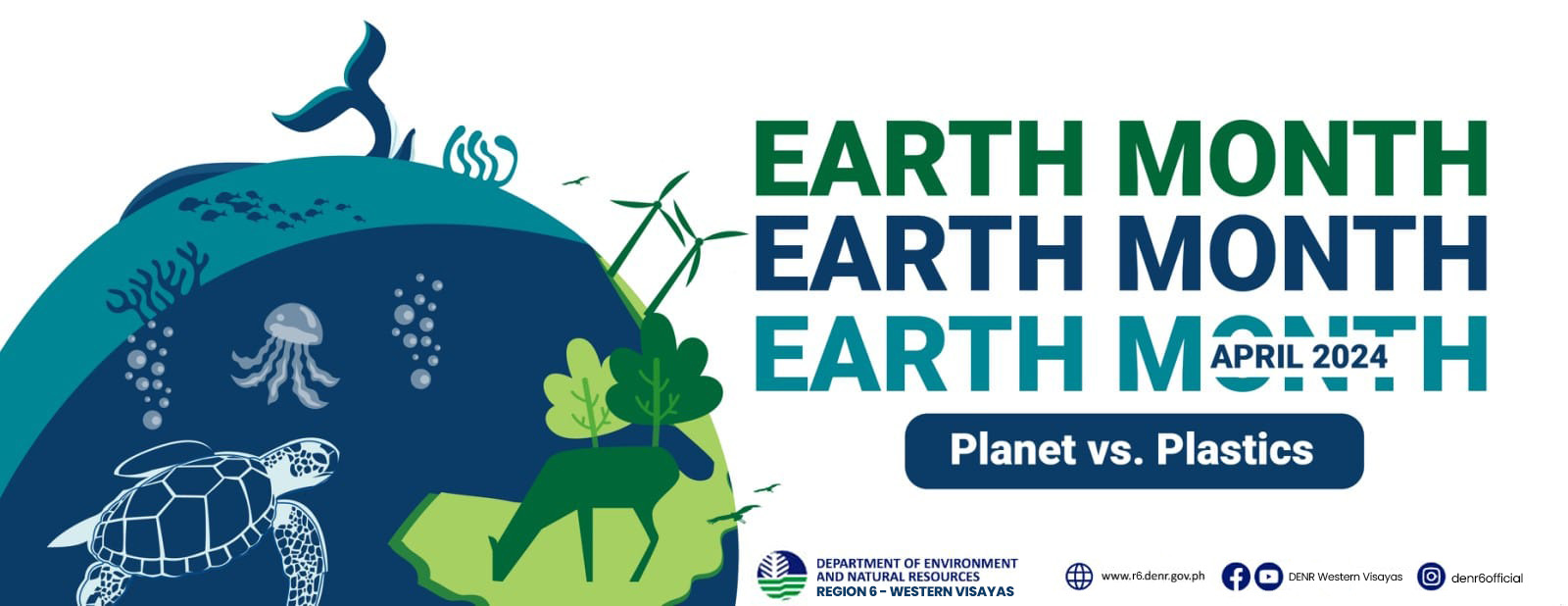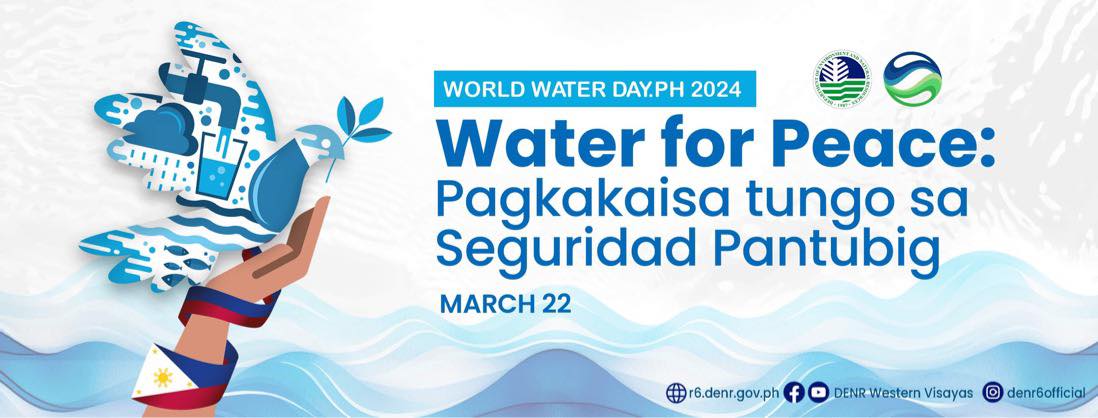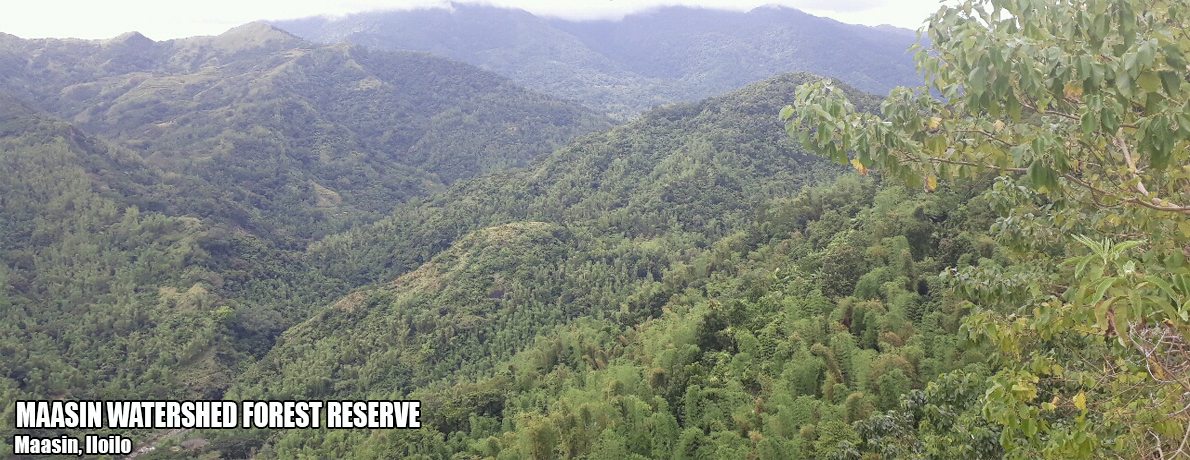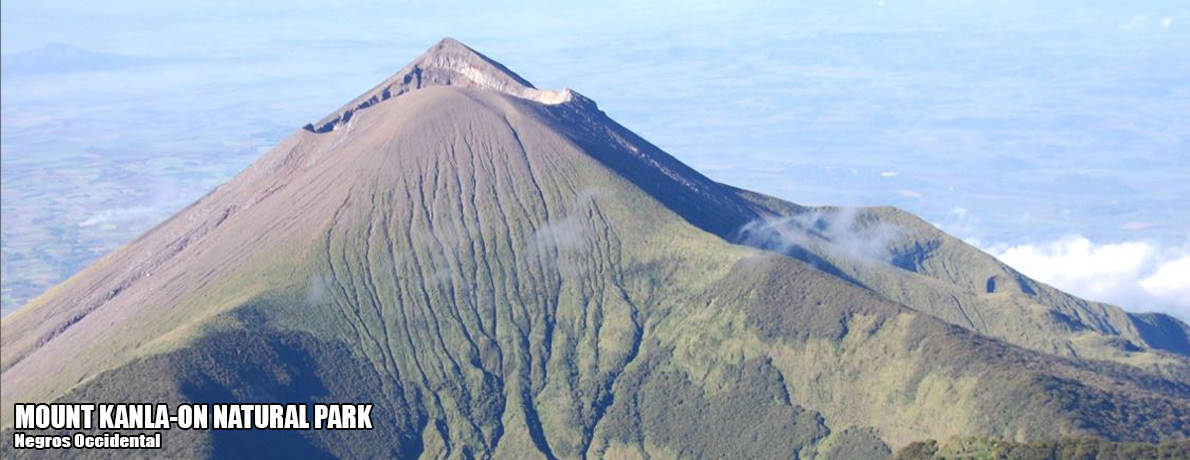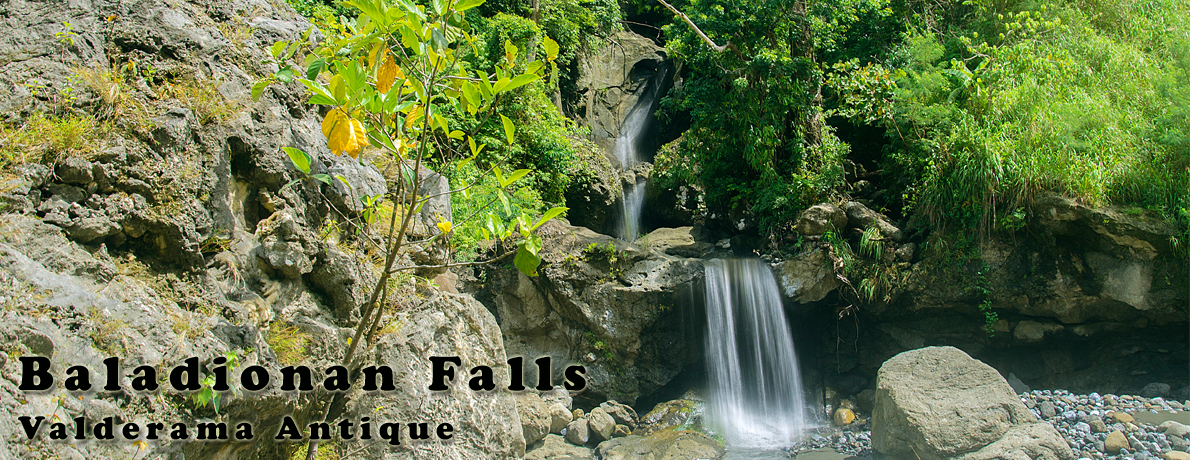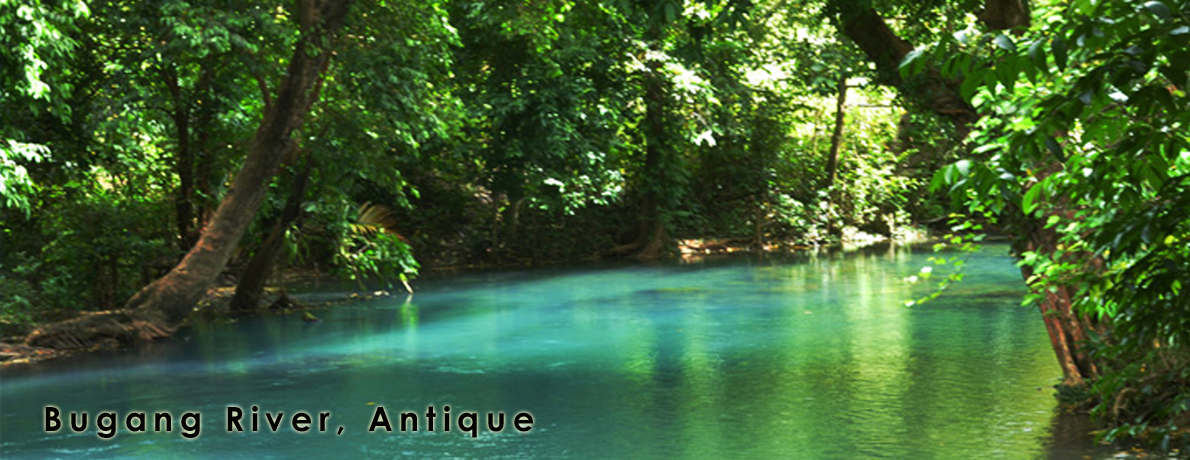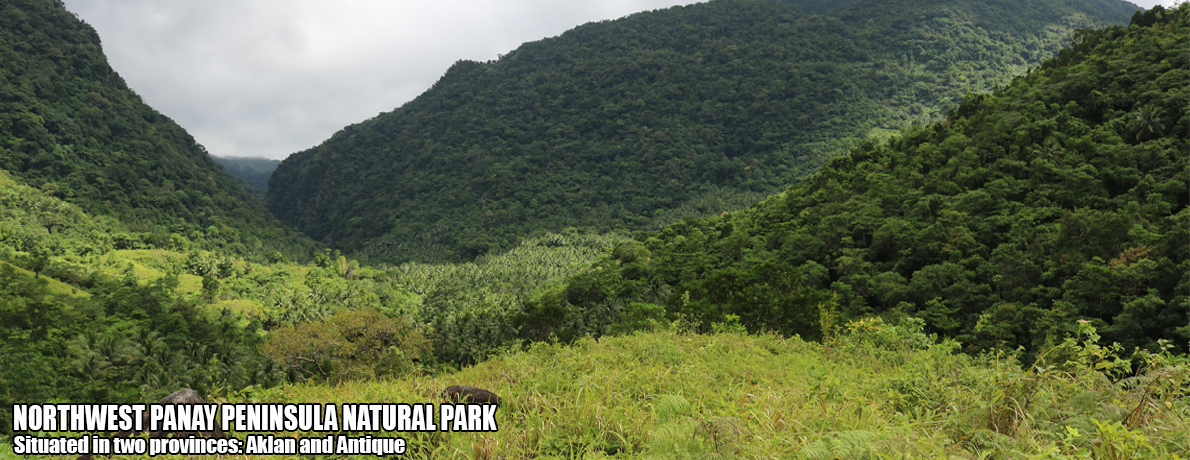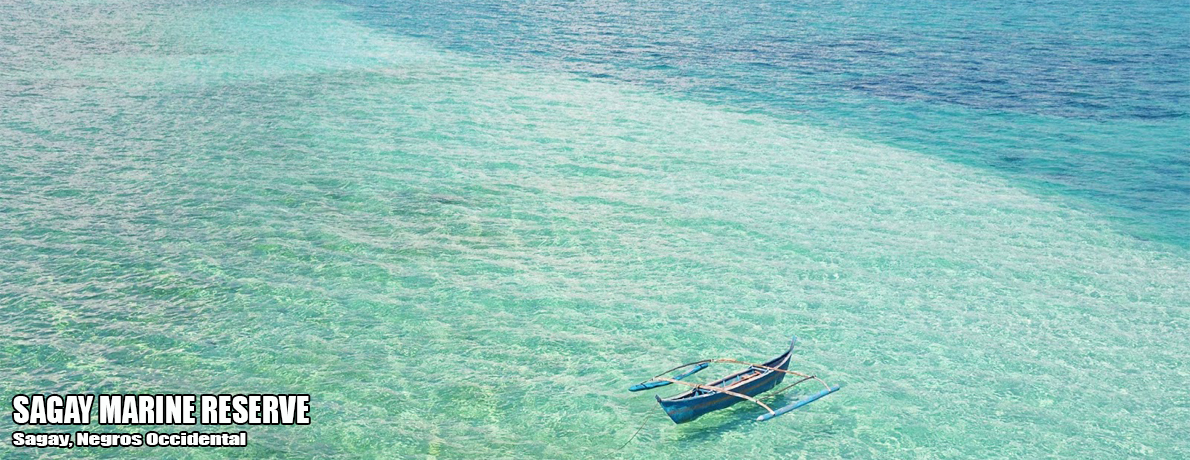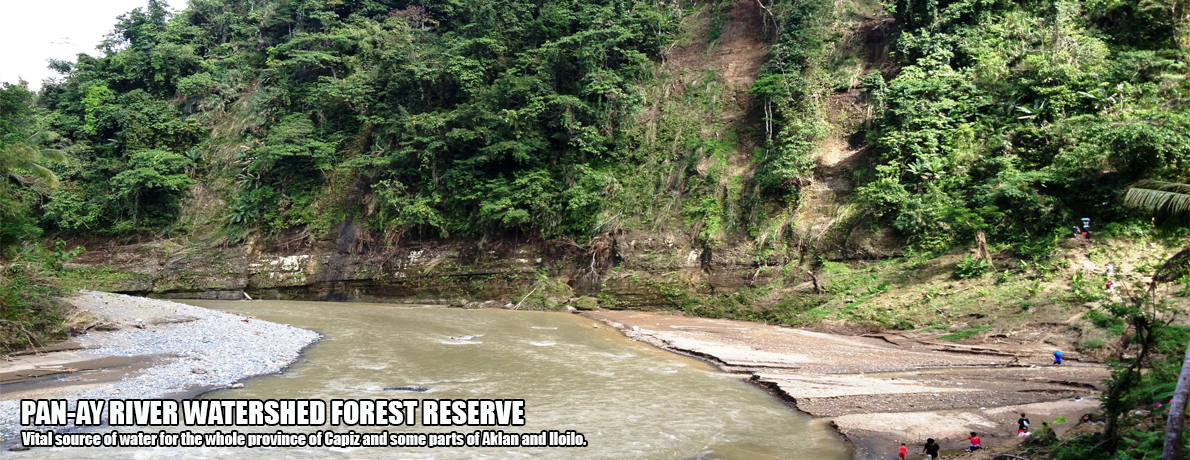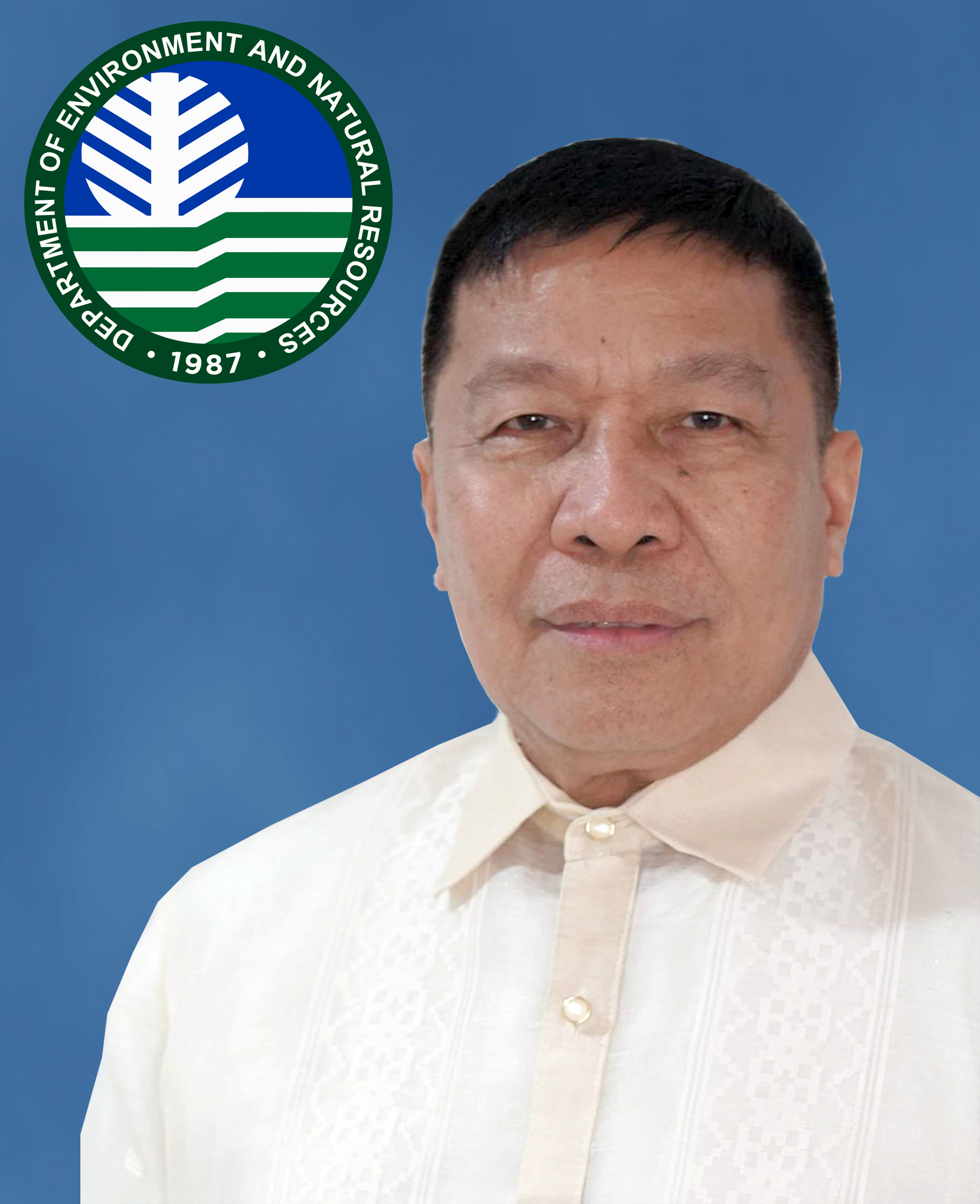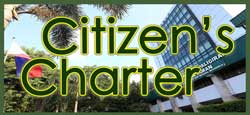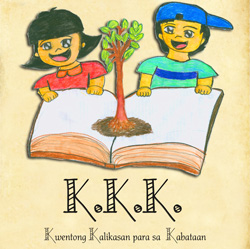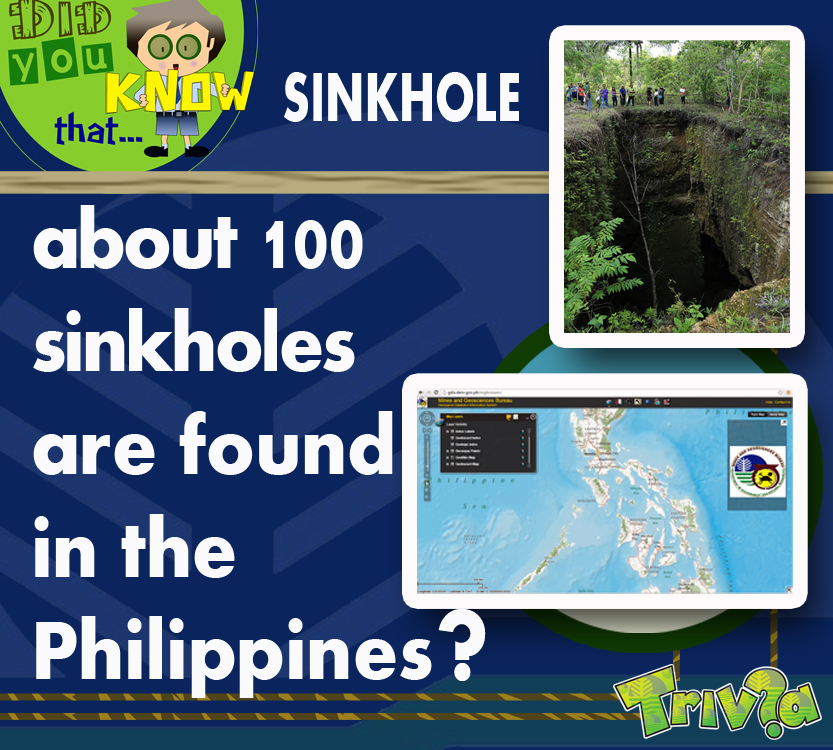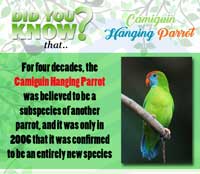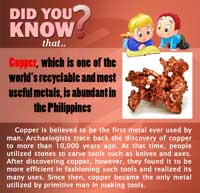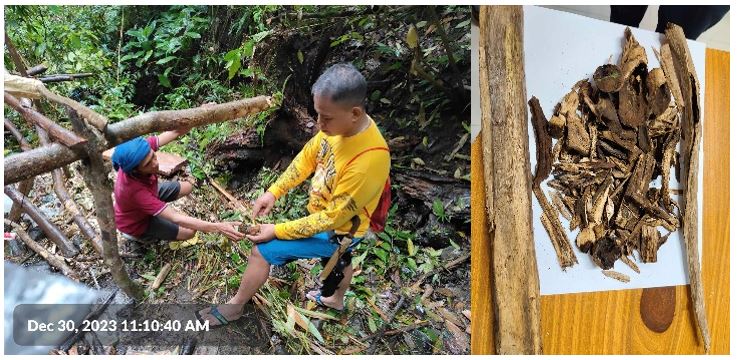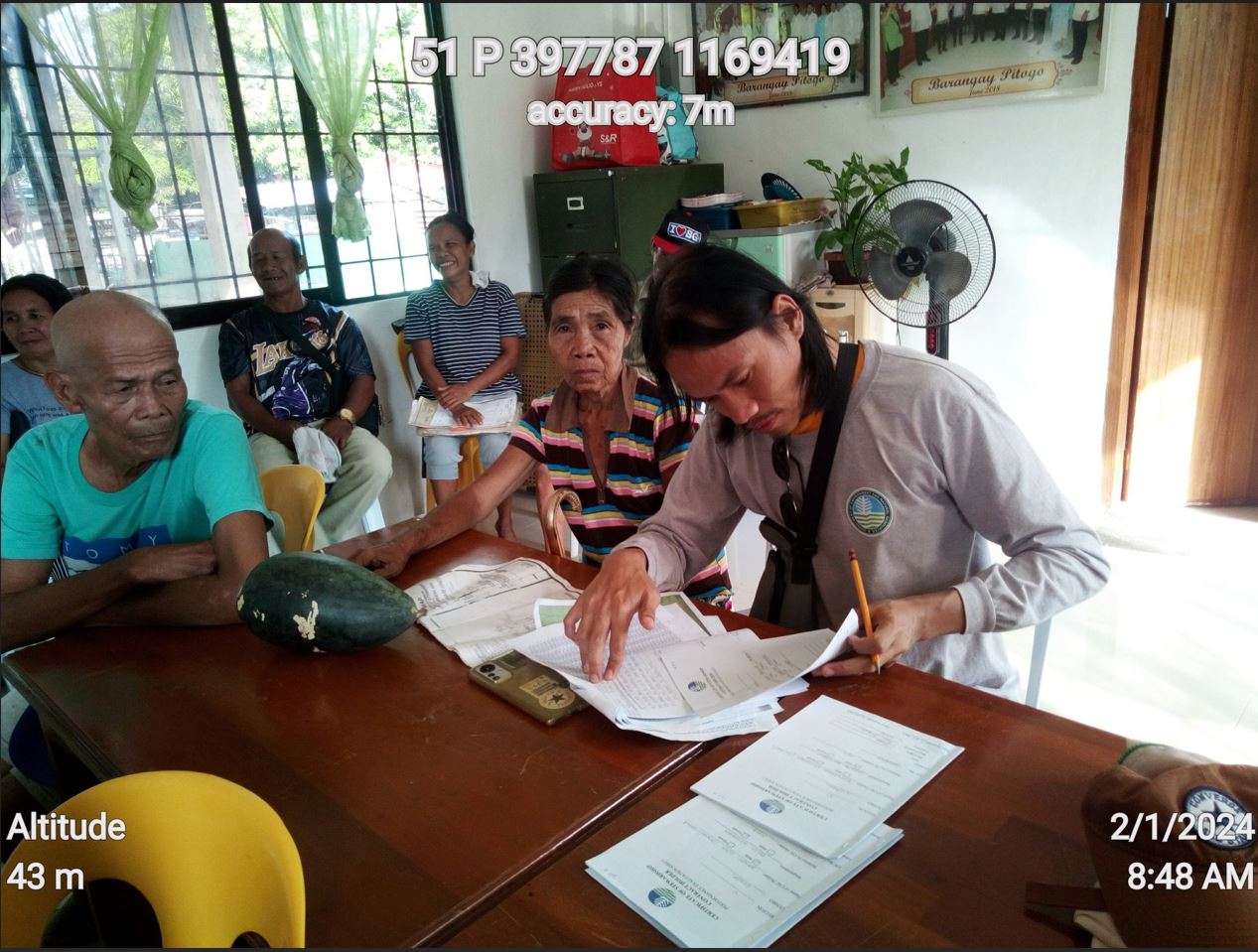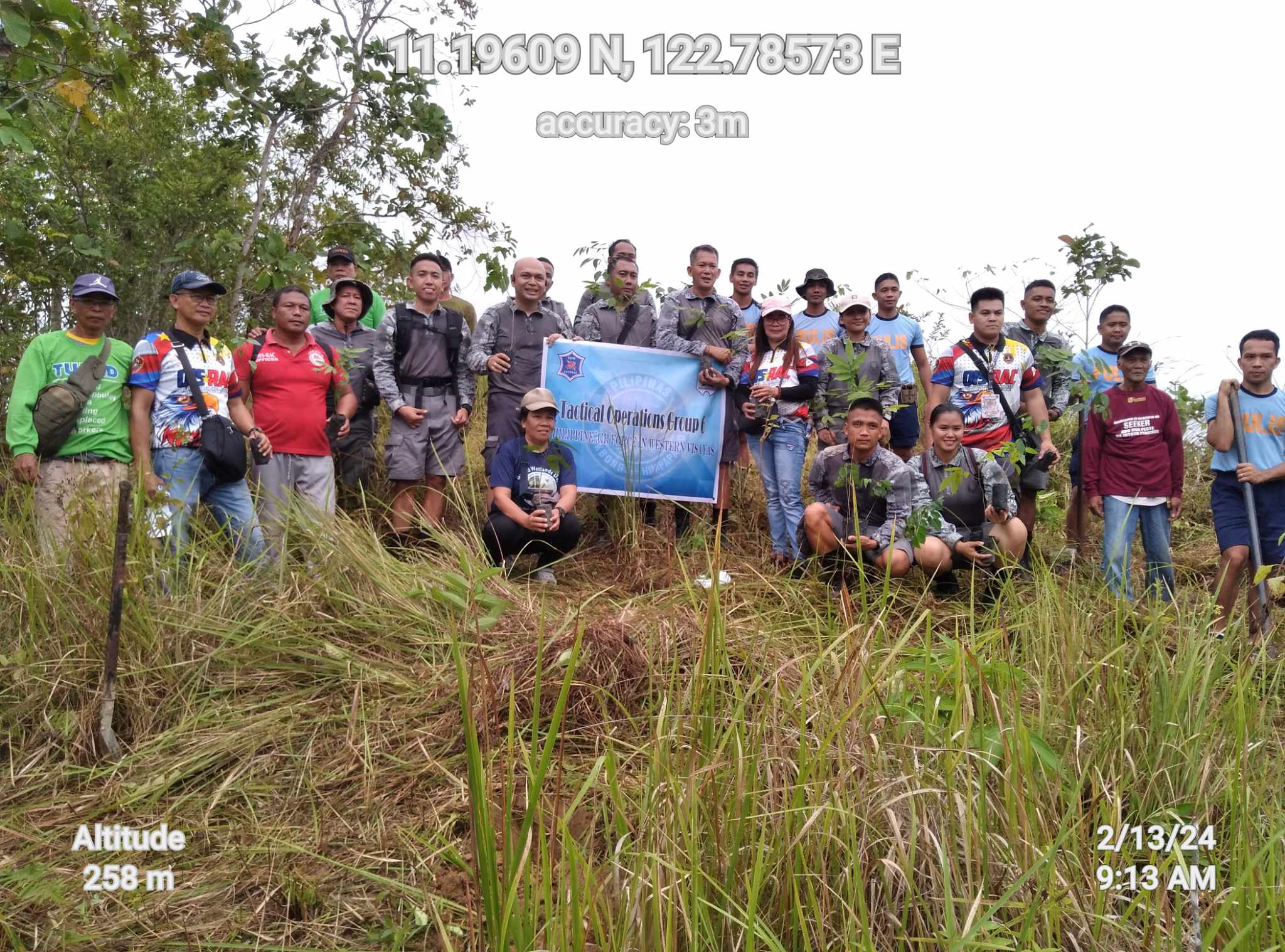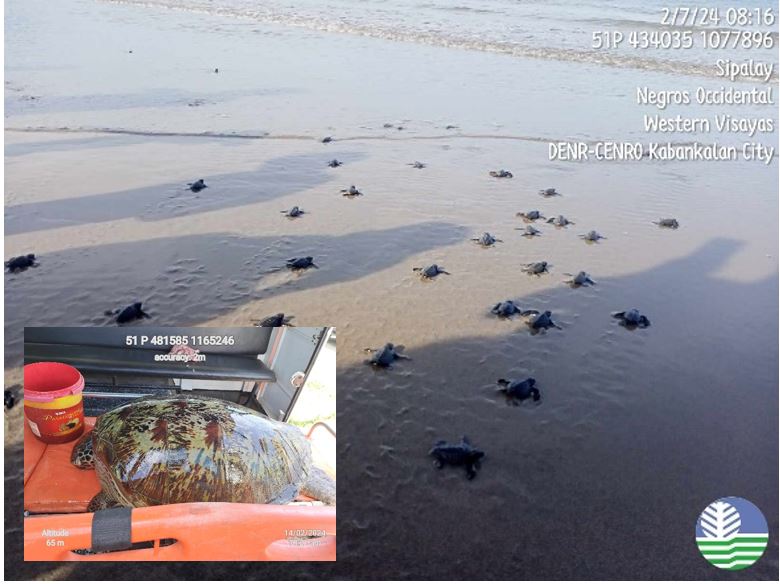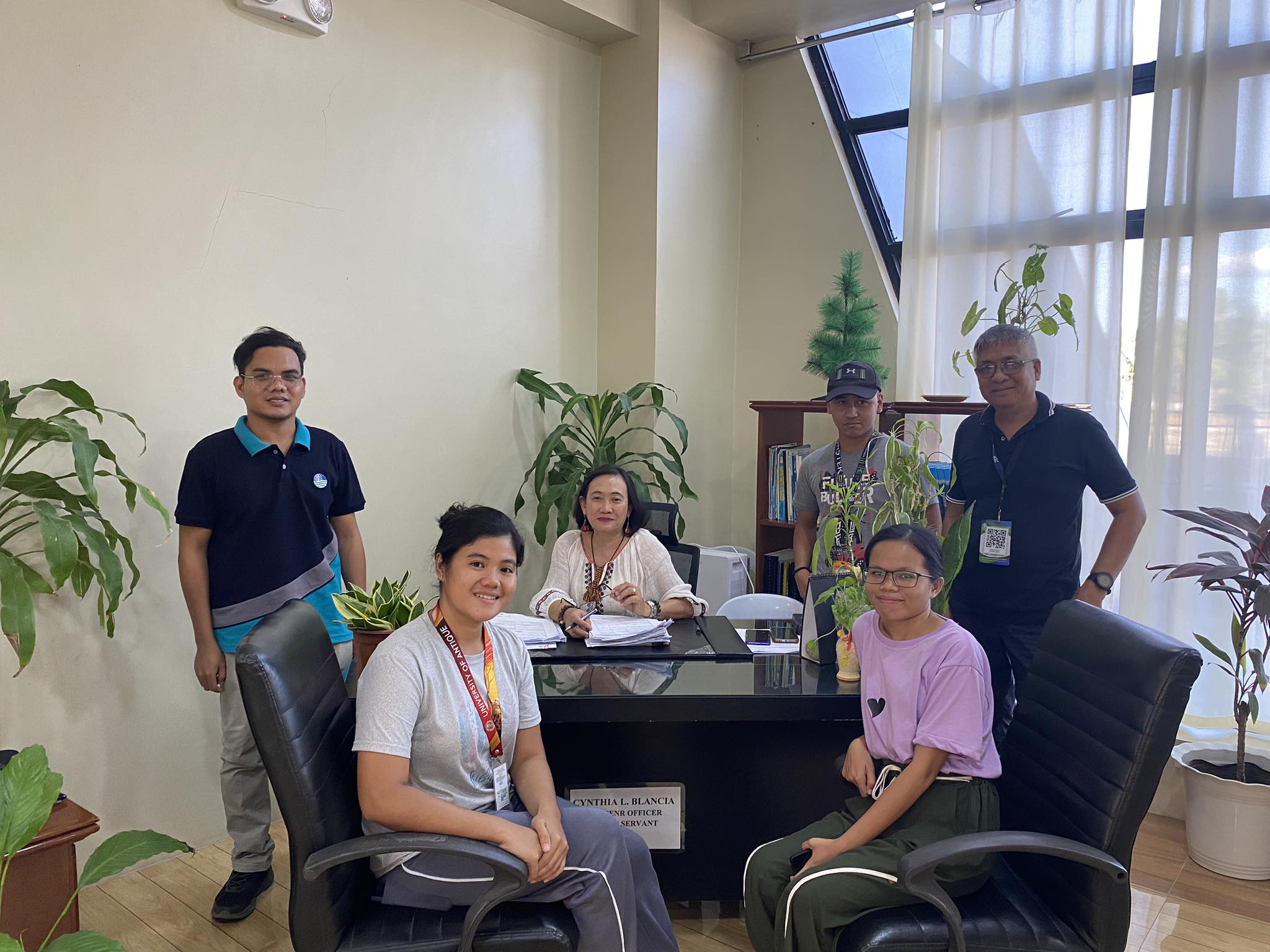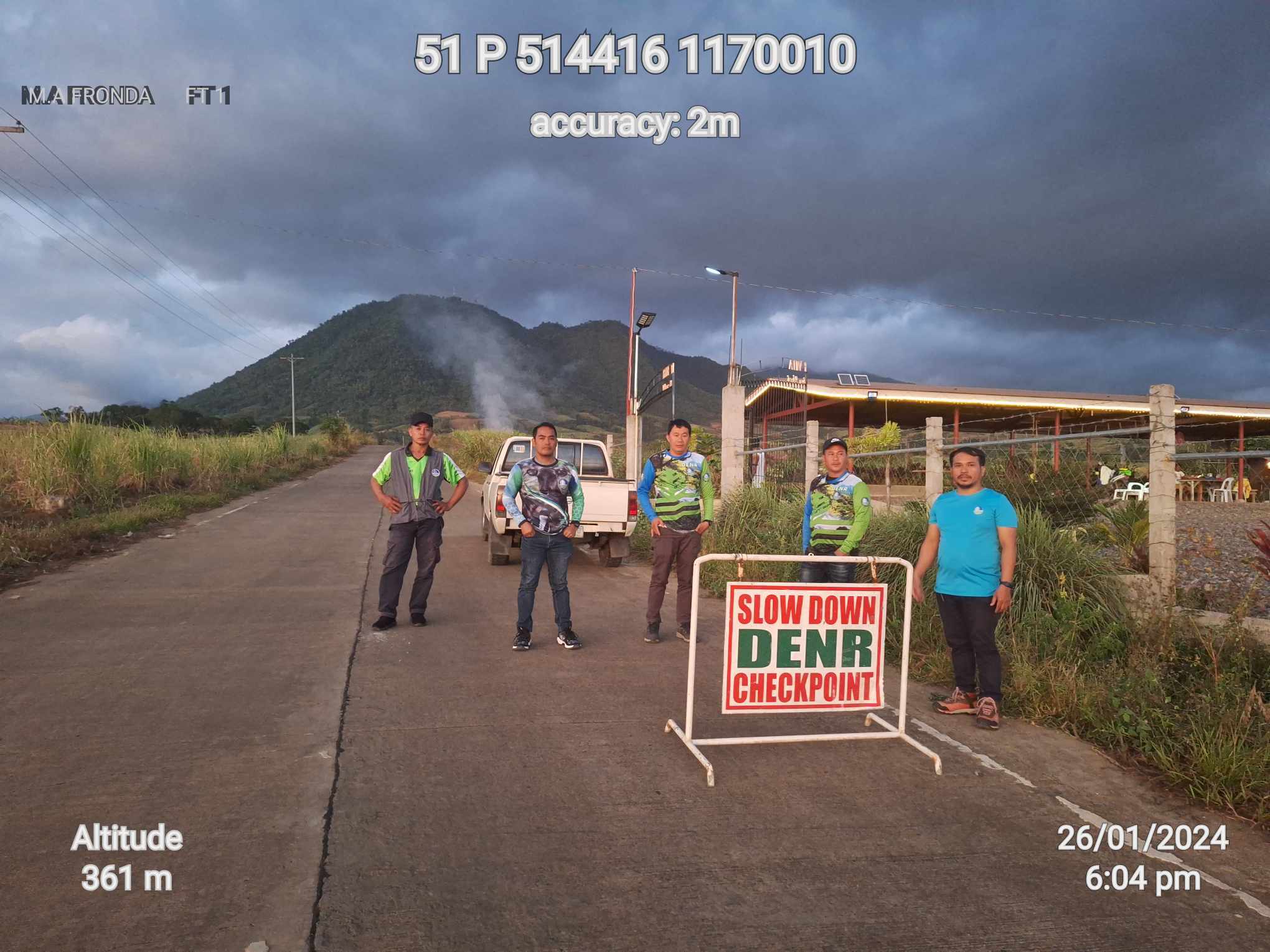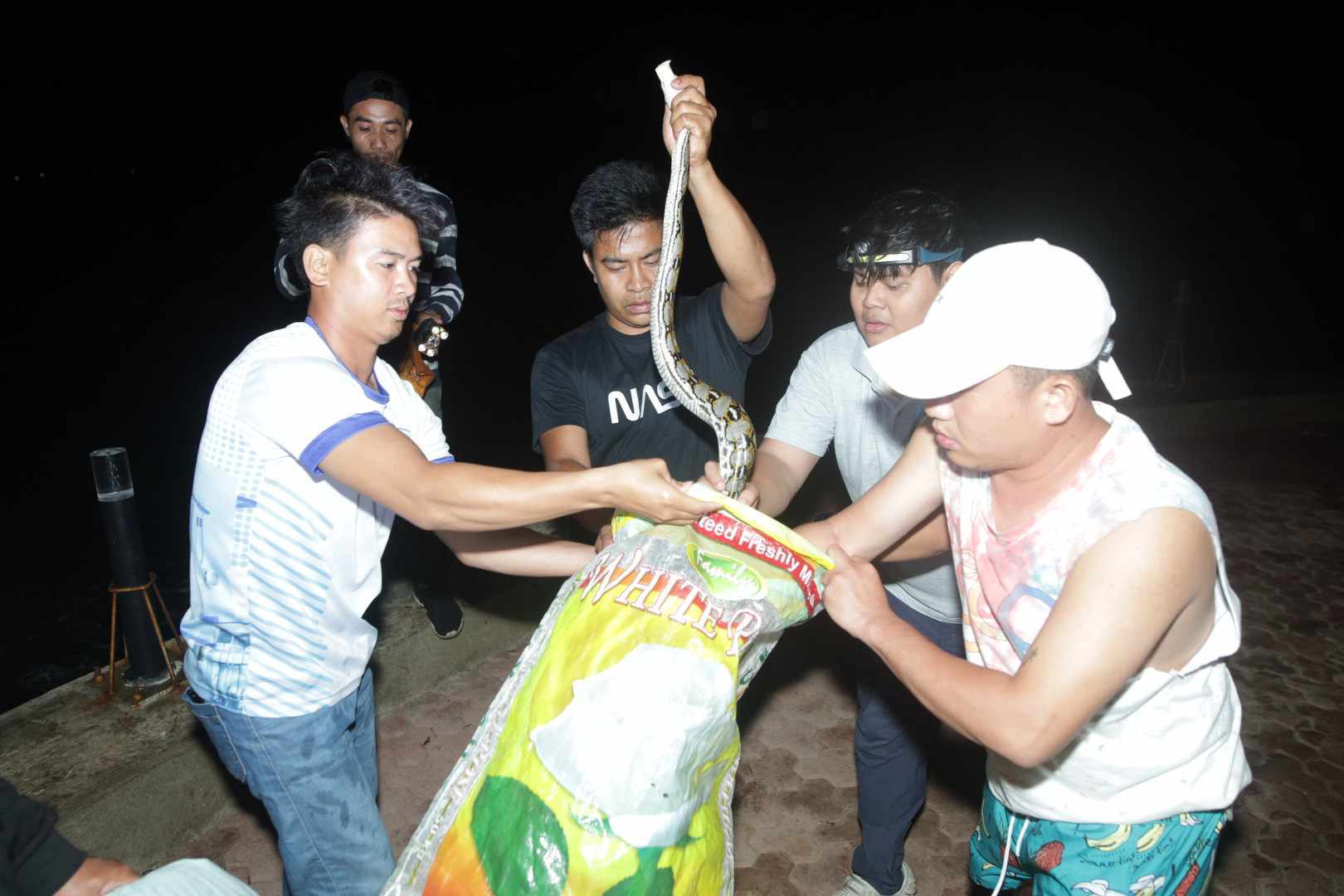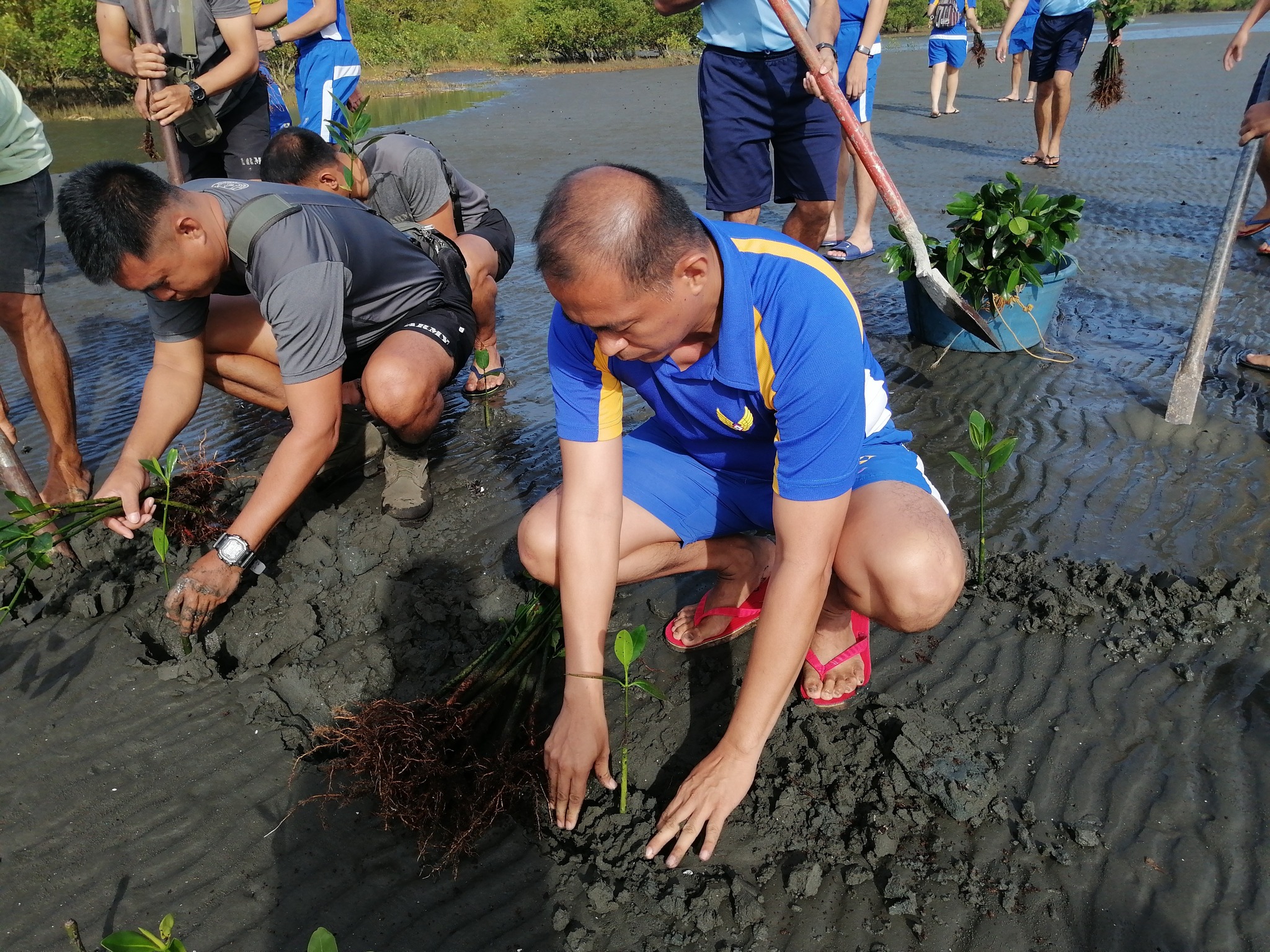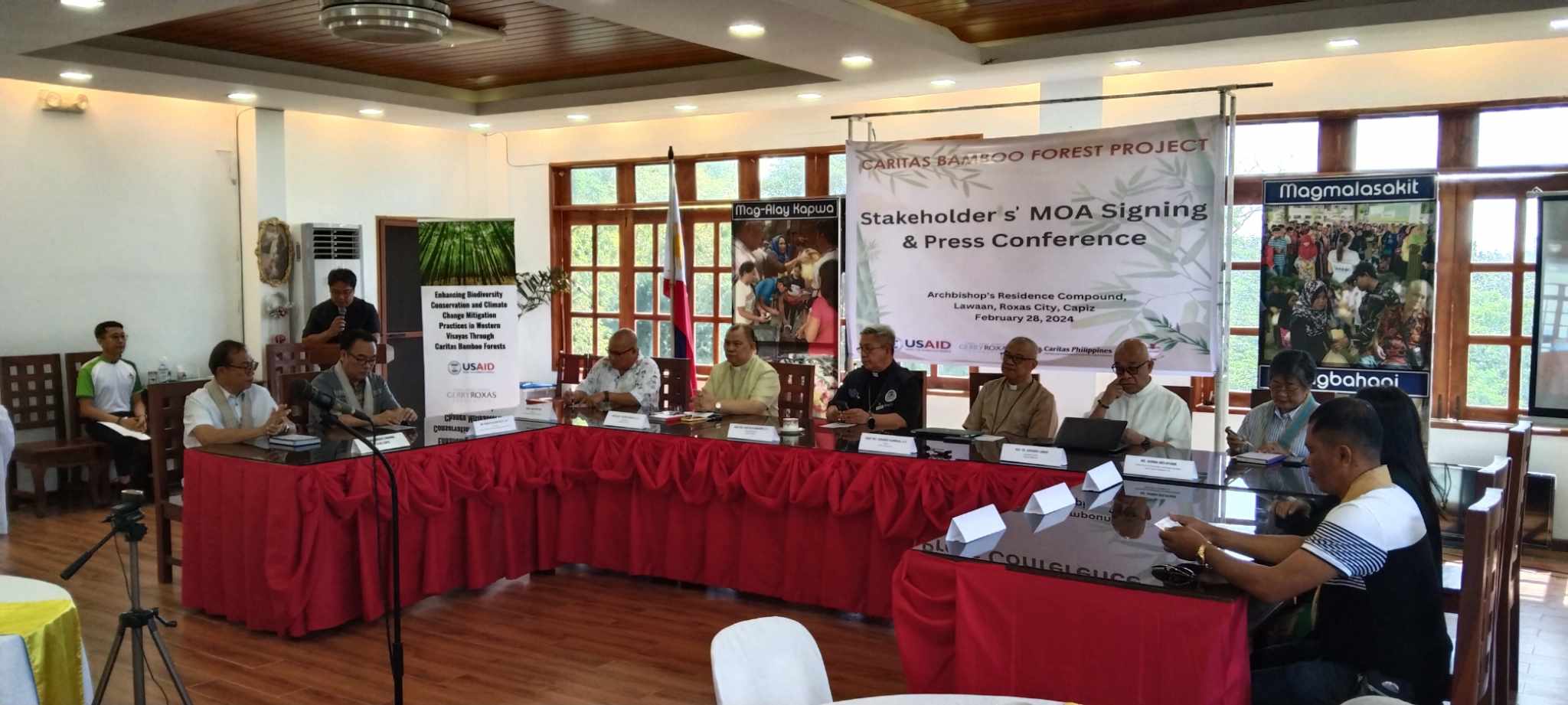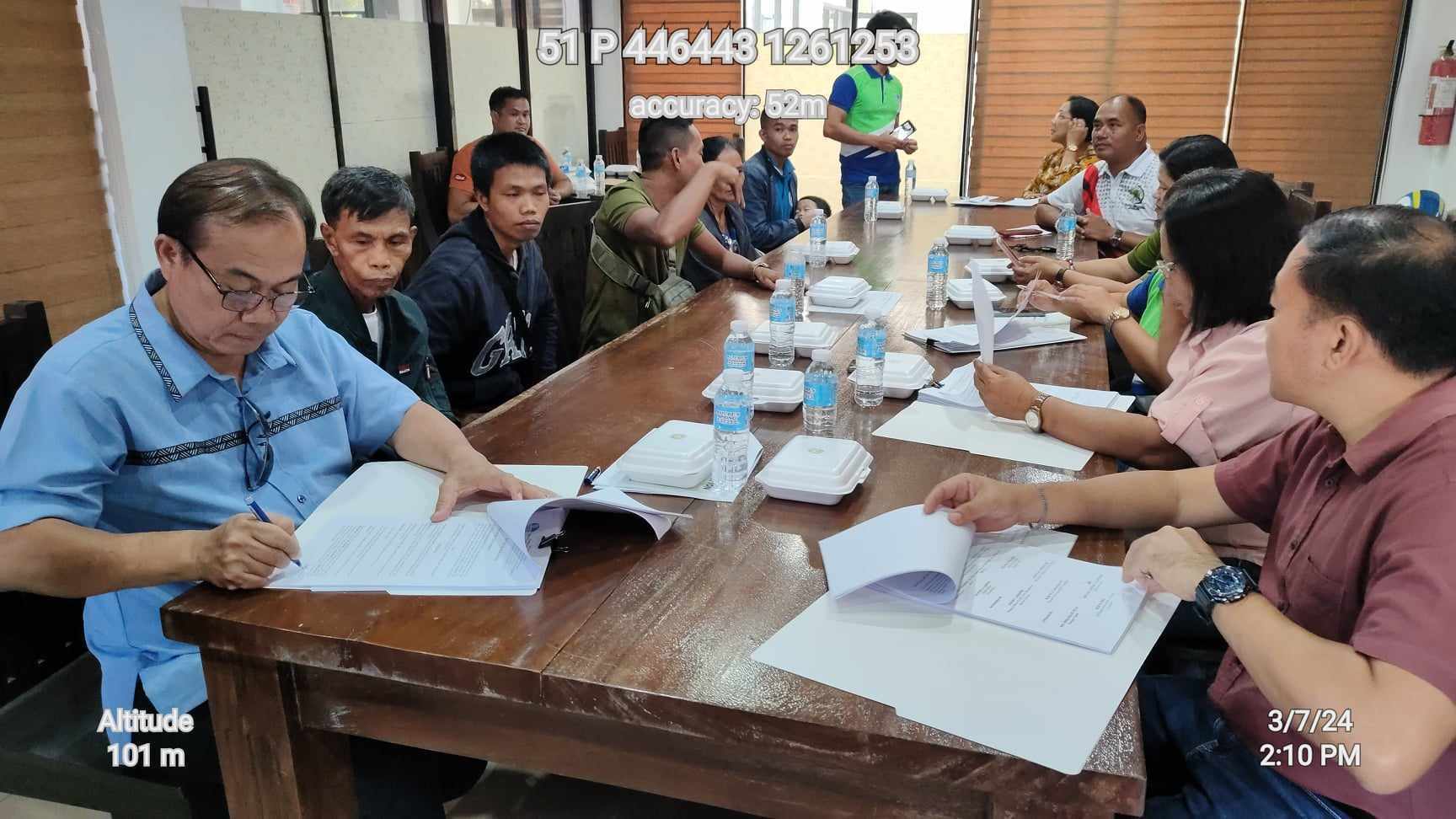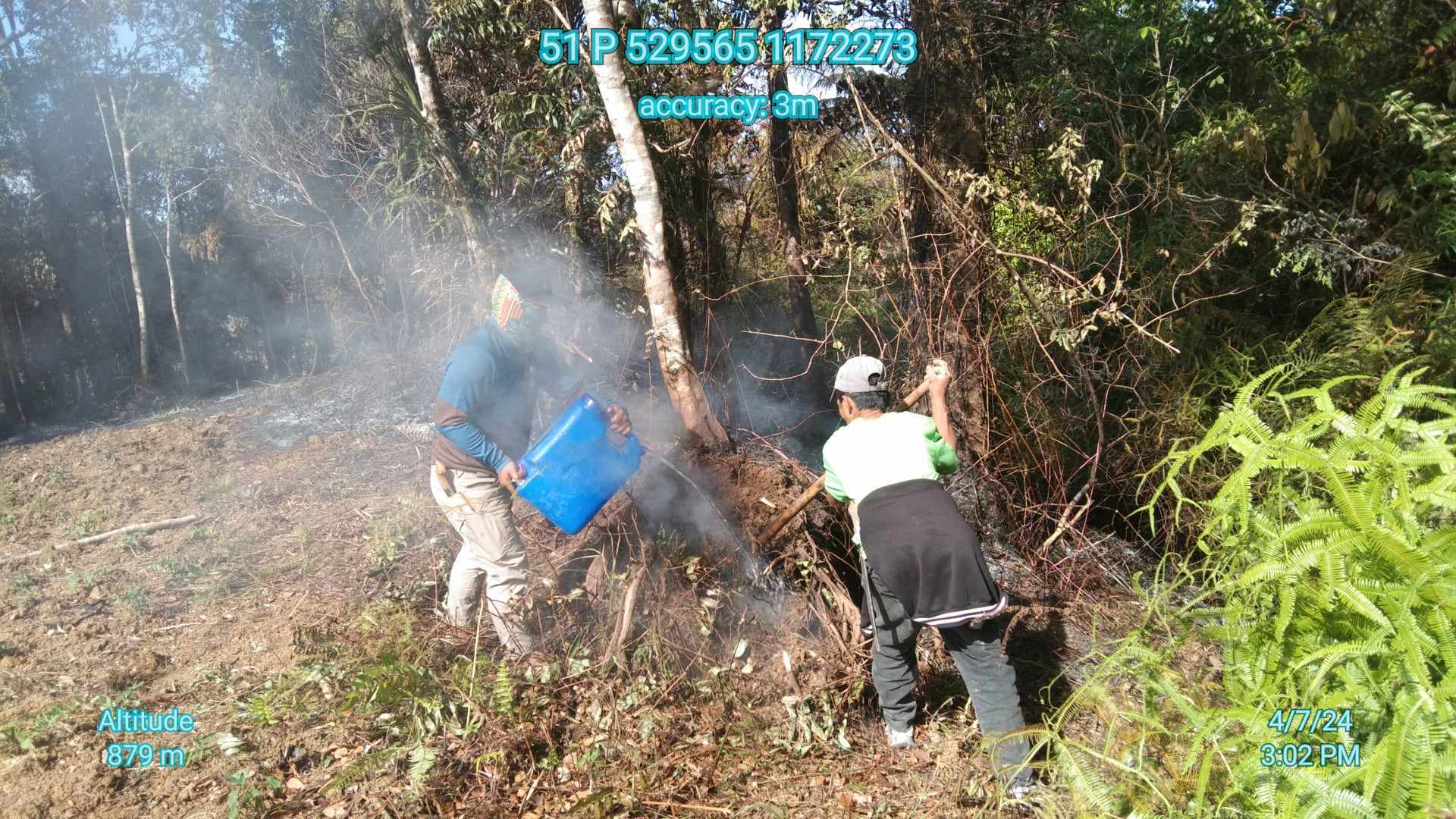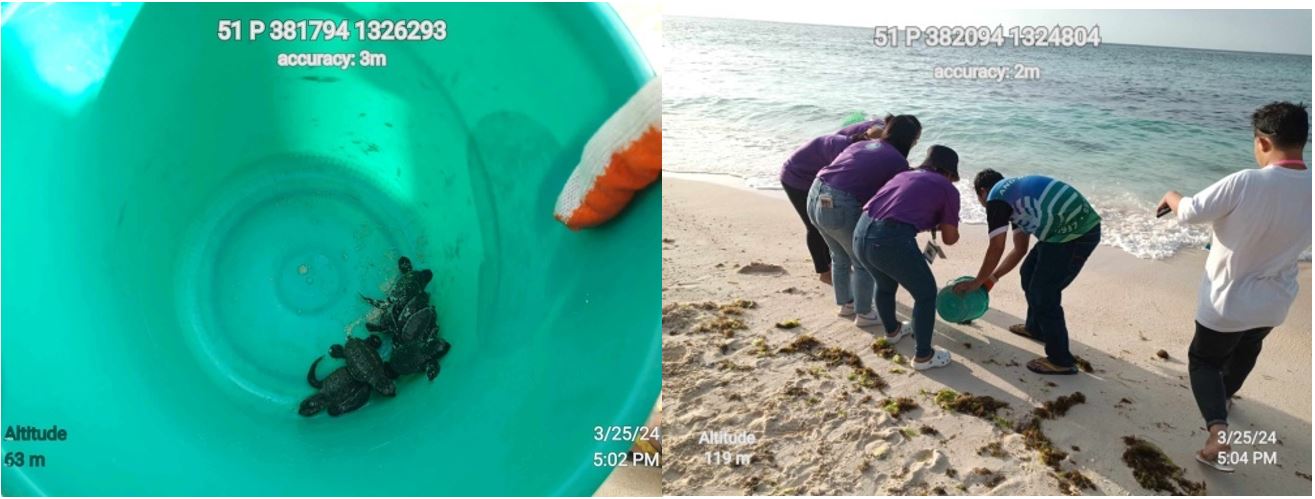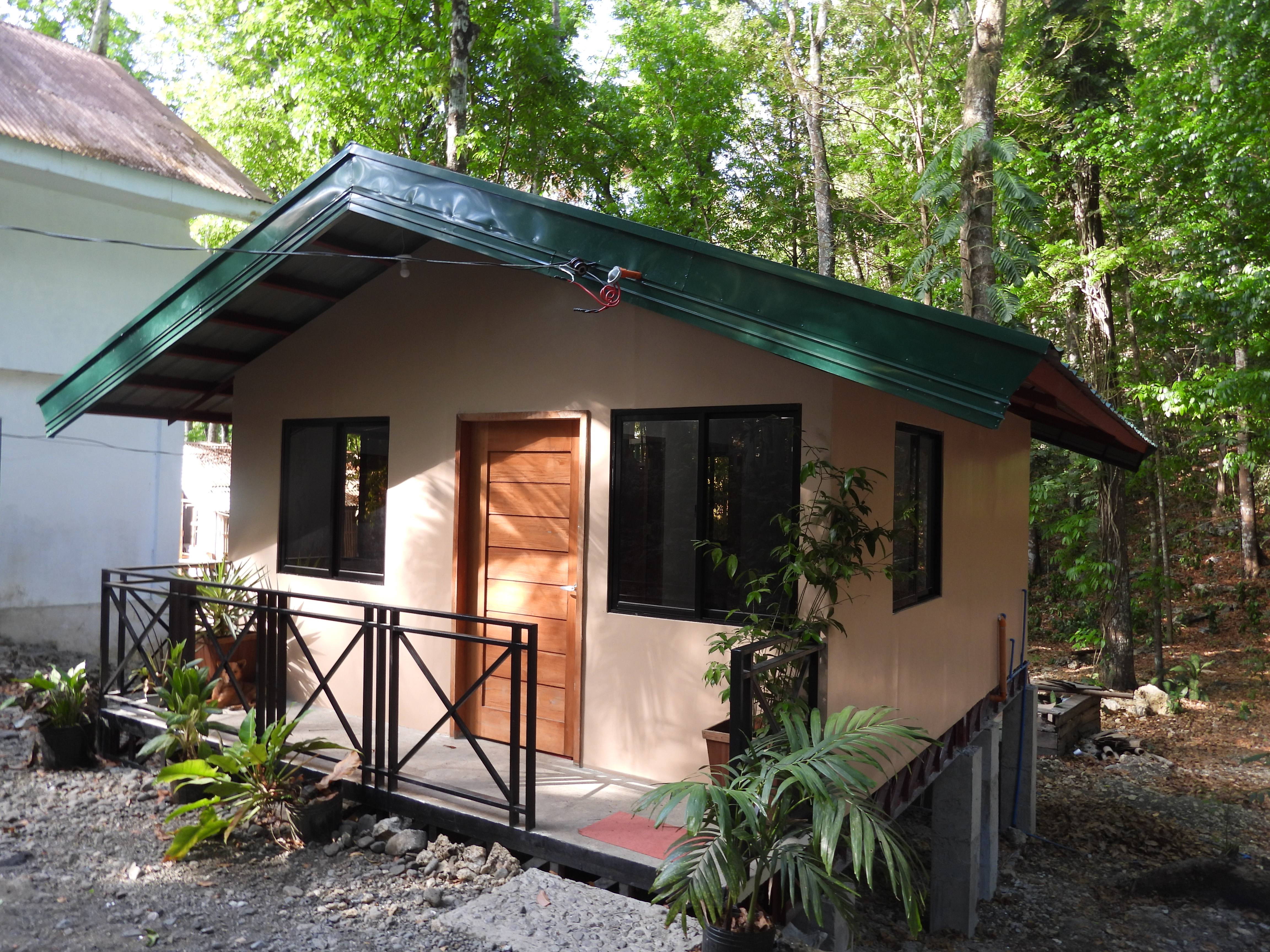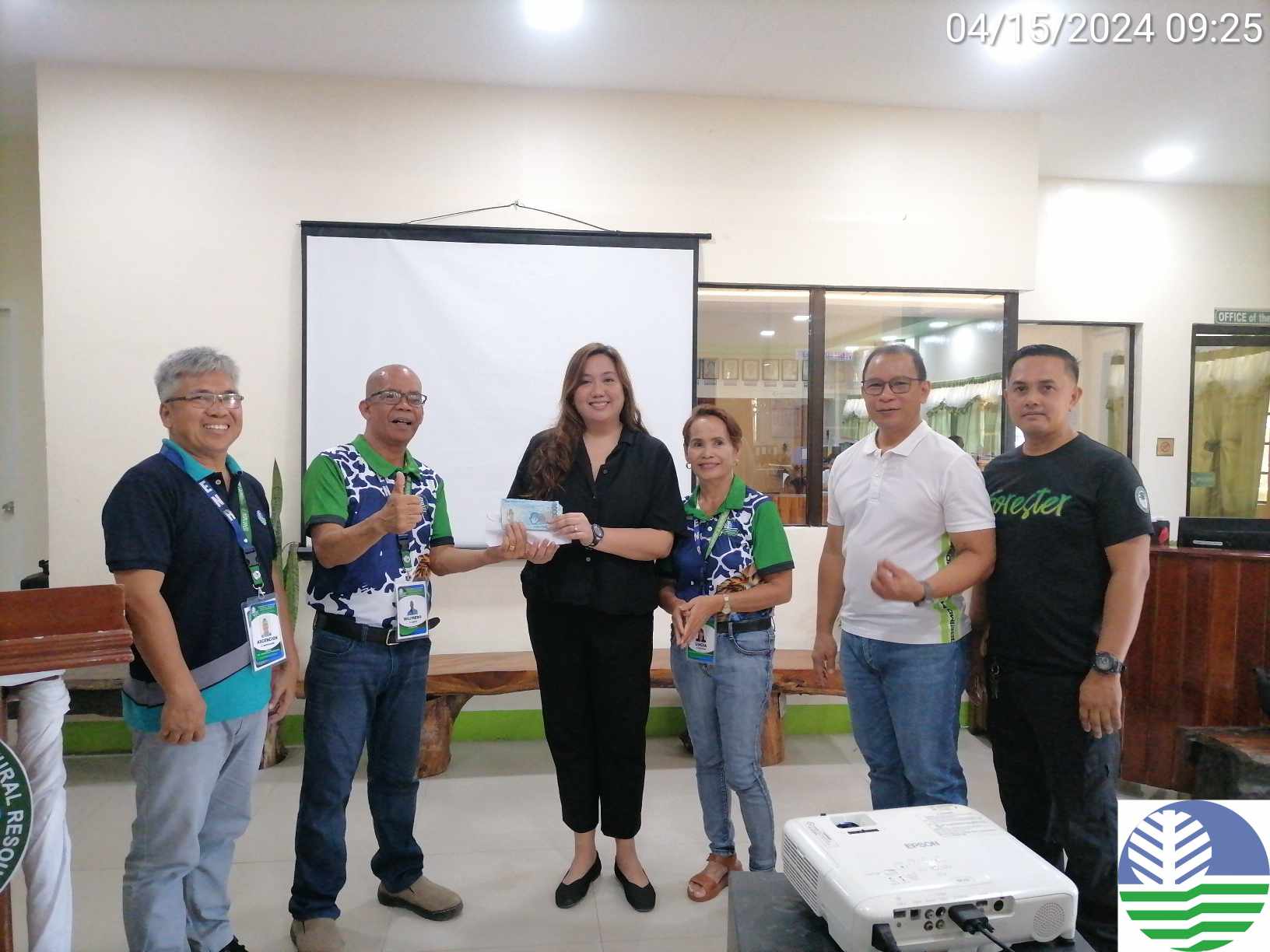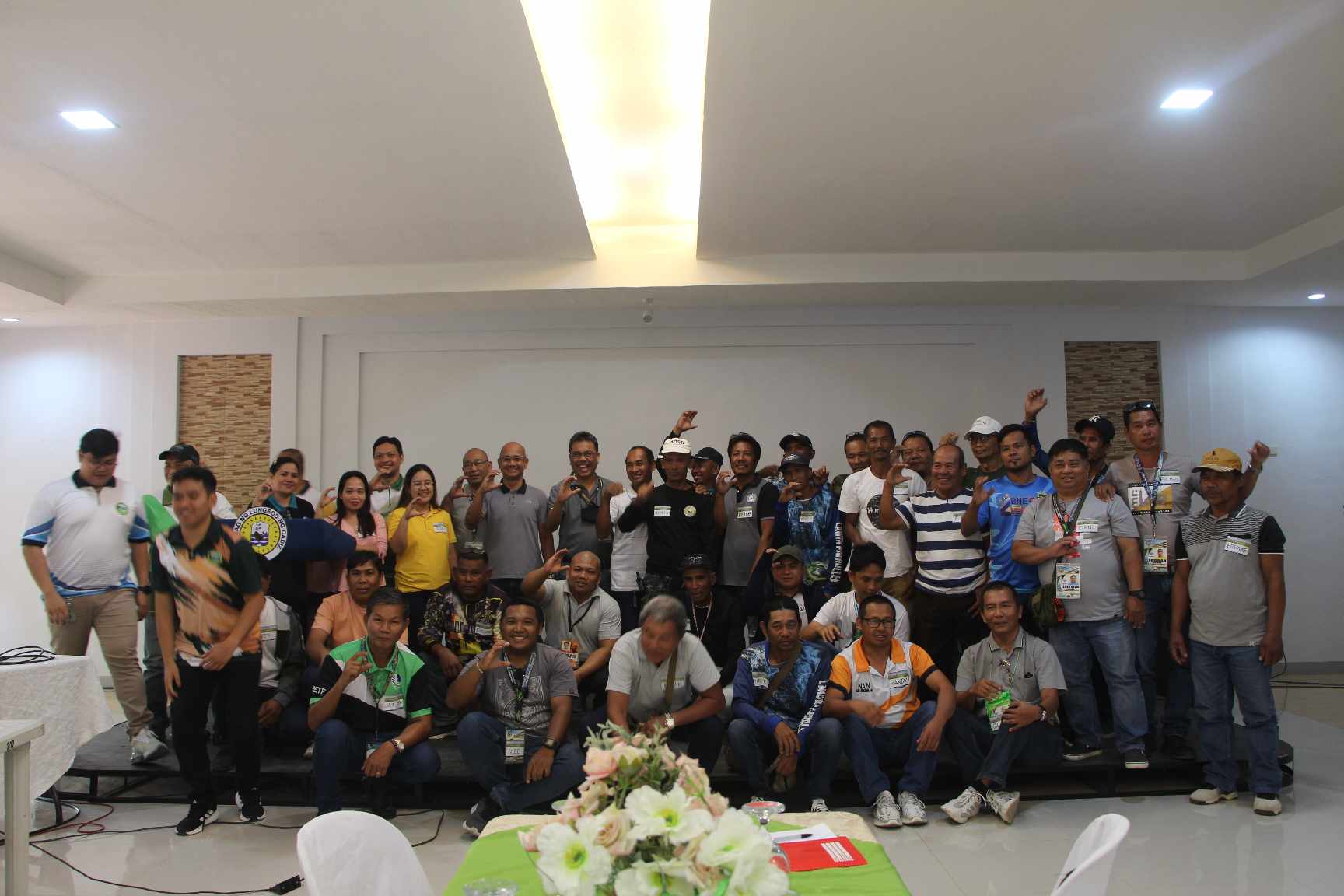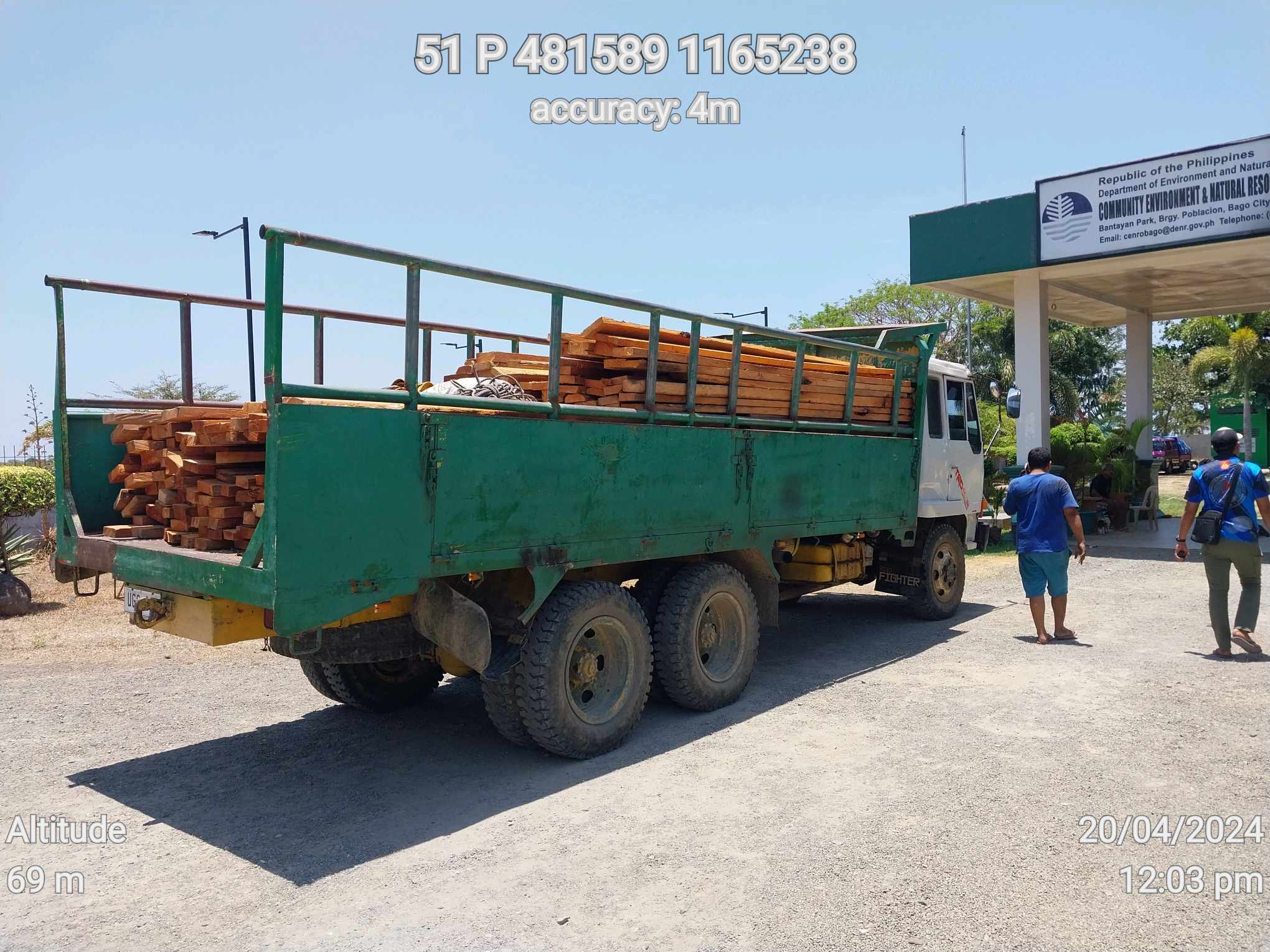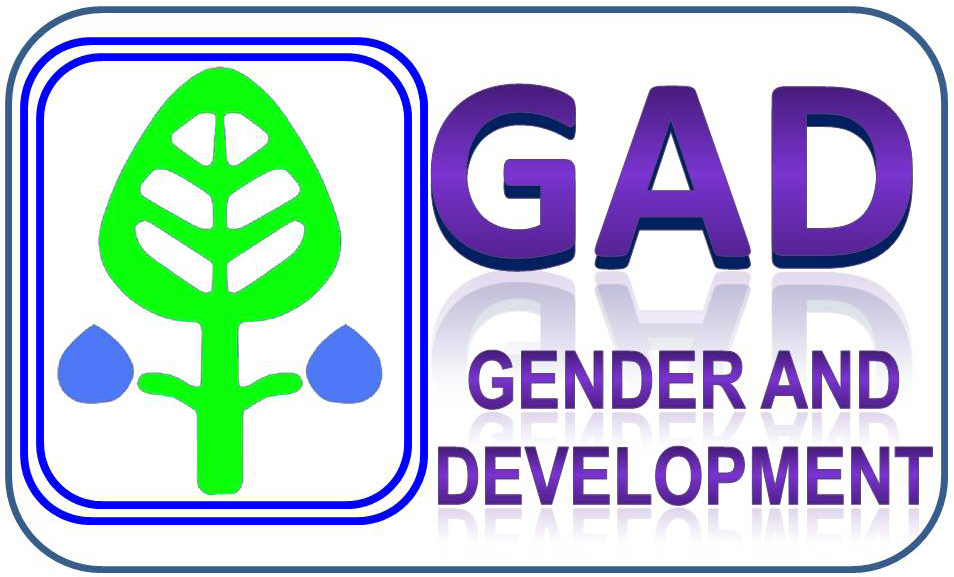The Department of Environment and Natural Resources (DENR) has issued new guidelines aimed at increasing private sector participation in the government’s Enhanced National Greening Program (ENGP).
ENGP is the government’s flagship reforestation initiative under Executive Order (EO) 193 issued in 2015. It seeks to cover the remaining 7.1 million hectares of open, degraded and denuded forests in the country from 2016 to 2028.
DENR Secretary Roy A. Cimatu recently signed DENR Administrative Order (DAO) 2019-03, which revises the implementing rules and regulations for EO 193 to encourage more private sector players to participate in the program.
The DAO specifies three modes by which the private sector may participate in the ENGP’s implementation in the remaining three years of the Duterte administration.
Under the new guidelines, the private sector may enter into a private-public partnership scheme through establishments of new ENGP plantations, maintenance and protection of existing plantations, and protection of existing forests outside ENGP areas.
Those in the private sector may enter into an agreement with beneficiaries of the Community-Based Forestry Management (CBFM) program “depending on the purpose of establishment” in accordance with DENR Memorandum Circular 1998-08.
For untenured areas, private entities may develop the area under the ENGP through a memorandum of agreement (MOA) entered with the DENR.
The duration of contracts with DENR partner-organizations was lengthened to five years from the original three years. This is to ensure high survival rates of trees planted in the previous years and increase the benefits of ENGP partners.
The ENGP is the extension of the National Greening Program, which was created by virtue of EO 26 and implemented from 2011 to 2016. During its six-year implementation, the program posted an accomplishment of 1.3 billion seedlings planted in 1.7 million hectares.
The first NGP also generated over four million jobs, benefitting around 558,000 individuals, through partnership with various people’s organizations (POs), particularly under the DENR’s CBFM program.
The Duterte administration, meanwhile, targets to reforest some 1.2 million hectares from 2017 to 2022 in accordance with the Philippine Development Plan.
From 2017 to 2018, ENGP covered areas reached 335,185 hectares, which were planted with some 299.2 million seedlings and generated a total of 715,118 jobs, benefitting some 112,166 individuals.
For long term development, the private sector may invest in either establishment of new plantation and/or maintenance and protection of existing NGP plantations through appropriate management arrangement.
With appropriate technical assistance from the DENR, the private sector may invest in protecting existing forests aside from NGP areas through a MOA with DENR.
Another innovation in the ENGP guidelines is a new mode of engagement called Reforestation by Administration (RA), which involves hiring of individuals not belonging to any POs, but have access to areas where there are no POs.
The RA scheme is to be implemented in proclaimed areas and critical watersheds not covered by any tenurial instrument.
DENR-Forest Management Bureau Director Nonito Tamayo said the new guidelines were an offshoot of Cimatu’s order for an audit of all ENGP sites that required ground validation to determine which areas needed replanting and closer maintenance and protection efforts.
“The Reforestation by Administration, for example is seen to address the gap in many reforestation schemes that seedlings die within the immediate period because they were planted in areas where there are no organized stakeholders engaged,” Tamayo explained.
He called the new ENGP guidelines as “very balanced,” noting it was crafted after getting all the inputs of all the stakeholders—from the industry to the civil society, environmental NGOs, local government units and indigenous peoples.
The new guidelines, he added, promote planting indigenous species, especially within protected and watershed areas, as well as high-value crops and fast-growing trees in production forests.
“We will also enhance production forest—part of the forest set aside as timber sources for our local wood requirements,” Tamayo said. ###

